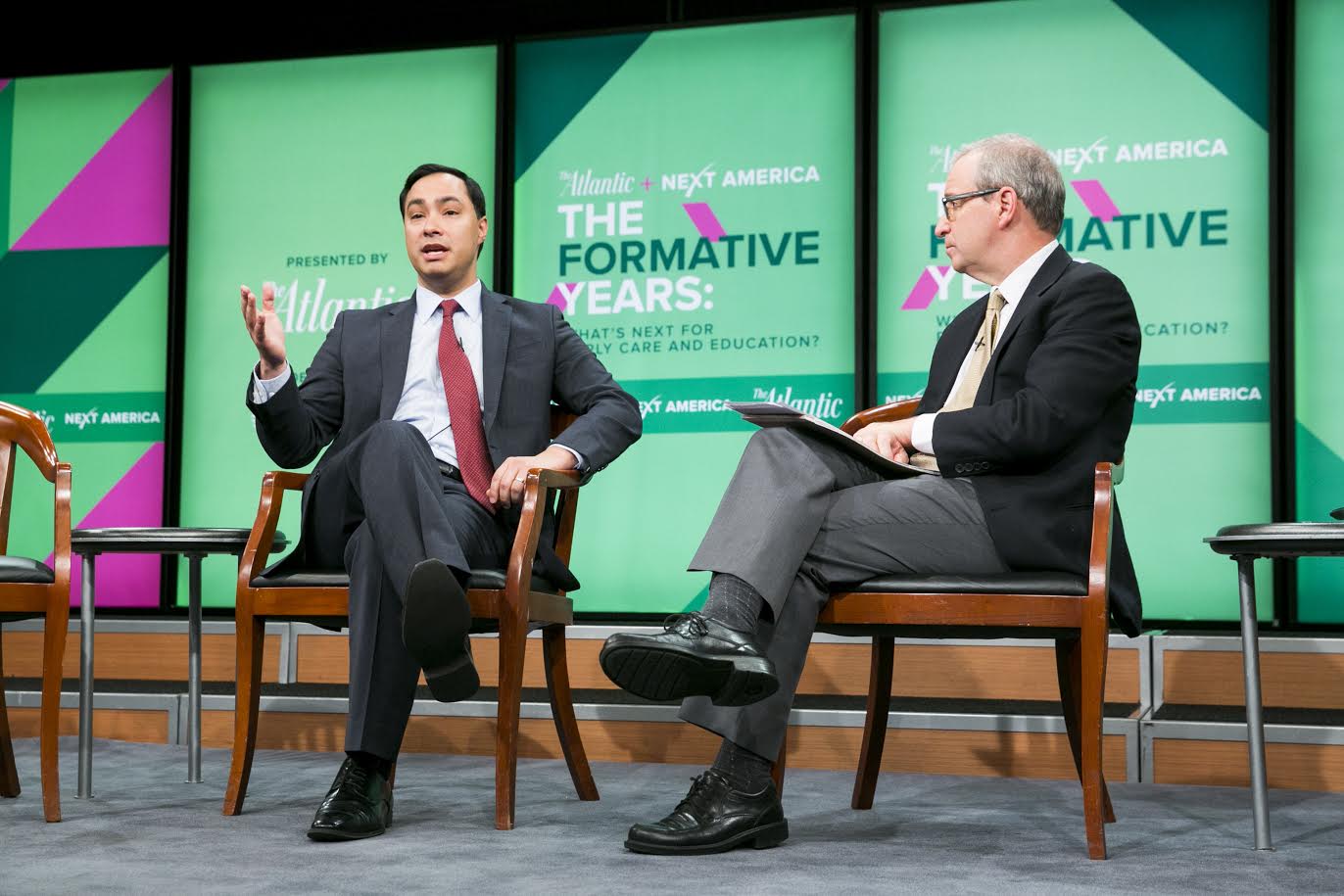How Higher Education Tax Incentives Work

While considerable attention is paid to the role Pell Grants play in subsidizing higher education, the federal government forgoes nearly as much revenue every year through tax incentives also aimed at making a postsecondary education more affordable. Unlike the Pell Grant program however, higher education tax incentives are not targeted specifically to parents and students from low-income families—rather in some cases, the highly complicated system actually results in greater benefits for wealthier Americans.
There are three main tax incentive programs that are designed to make higher education more affordable, the American opportunity tax credit, the lifetime learning credit, and the tuition and fees deduction. By law, taxpayers can only take advantage of one of these programs each year they file their taxes, meaning that savvy filers will calculate their tax burden multiple times applying the different incentives each time to figure out which program they should participate in. There is also a fourth program that allows taxpayers to take a student loan interest deduction, though this incentive is usually most relevant after a higher education degree has been completed.
Gordon Mermin, a senior research associate at the Urban Institute’s Urban-Brookings Tax Policy Center and an expert in higher education tax incentives, spoke with InsideSoures about how the current system works and what kind of reform proposals are being discussed. Mermin also helps maintain a simulation model of the federal tax system that allows researchers to evaluate who would benefit and who would suffer from proposals to alter the tax code.
The largest federal tax incentive program for higher education, the American opportunity tax credit, is a partially-refundable credit that evolved out of an older program that was non-refundable. The refundability of the credit is significant because non-refundable credits only benefit those taxpayers with higher incomes that actually owe the government federal income tax. The American opportunity tax credit, which is restricted to undergraduates, gives high-income earners up to $2,500 back on their taxes on the first $4,000 they spend on postsecondary tuition, fees, and textbooks. However, only $1,000 worth of that credit is refundable, meaning that those students and families who don’t owe federal taxes are more limited in how much the program benefits them.
Mermin explained that the current expanded program took shape during Obama’s first term as part of the stimulus package negotiations. He said that the American opportunity tax credit, which alone costs over $17 billion per year, reflects a political compromise “between those who wanted to provide tax assistance to low and moderate income folks and those who wanted to provide some assistance to people with incomes too high to qualify for financial aid.”
The lifetime learning credit works in a similar way to the American opportunity credit, but is entirely non-refundable and is designed more specifically to benefit older learners, typically those in graduate programs or those pursuing technical certifications as adults.
Finally, the tuition and fees deduction allows taxpayers to deduct up to $4,000 from their total yearly income, which is then used to calculate tax burdens. Like the other programs, the tuition and fees deduction would benefit those in higher tax brackets more than those in lower tax brackets, because as Mermin notes, a high-income earner may save 39 cents on the dollar through the deduction while a lower earner may save 10 cents or less for each dollar deducted.
Another complication, according to Mermin, is the order in which the tax incentives appear on income tax returns. Because the tuition and fees deduction appears first on the government forms, and taking the deduction is incompatible with taking an American opportunity tax credit or lifetime learning credit, some analyses show that filers will mistakenly take the deduction when they would save more through one of the credit options.
Overall, Mermin argues that the system “doesn’t have to be this complicated” and “could be more progressive.” Some reforms to simplify the system would roll all three main higher education incentive programs into one tax credit, though such proposals would inevitably create winners and losers. Other proposals, particularly from the left, would lift the cap on the dollar value of the American opportunity tax credit that is refundable, which would be aimed at further helping low-income families.
Conservatives might oppose the latter reform proposal for a few reasons. First making the programs more refundable would lead to more government spending at a time when government is running high deficits. Secondly, some on the right may argue that Pell Grants already give thousands to low-income students and families each year, so while the tax incentives offered by the government may not be progressive, the system as a whole does already mostly benefit low-income families. Finally, conservatives have long pointed to analysis from former Education Secretary Bill Bennett that federal higher education subsidies actually increase the cost of higher education, a theory known as the Bennett hypothesis, which would argue that such proposals are actually counter-productive.
While not as high as the more than $30 billion per year the federal government spends on Pell Grants, the total price tag associated with higher education tax incentives reaches to over $20 billion per year, making the package of programs a significant part of the government’s efforts to defray the cost of higher education and increase accessibility. With news that the Trump administration is eyeing a systematic overhaul of the tax code, possible changes to the higher education tax incentive programs will be an important area for education policy-makers and interest groups to watch.
As Mermin notes, however, historically, when there are winners and losers in a substantive policy change, (including those changes that would make the system simpler,) “the potential losers always win these arguments,” which adds inertia to the system and creates headwinds to reform efforts.



